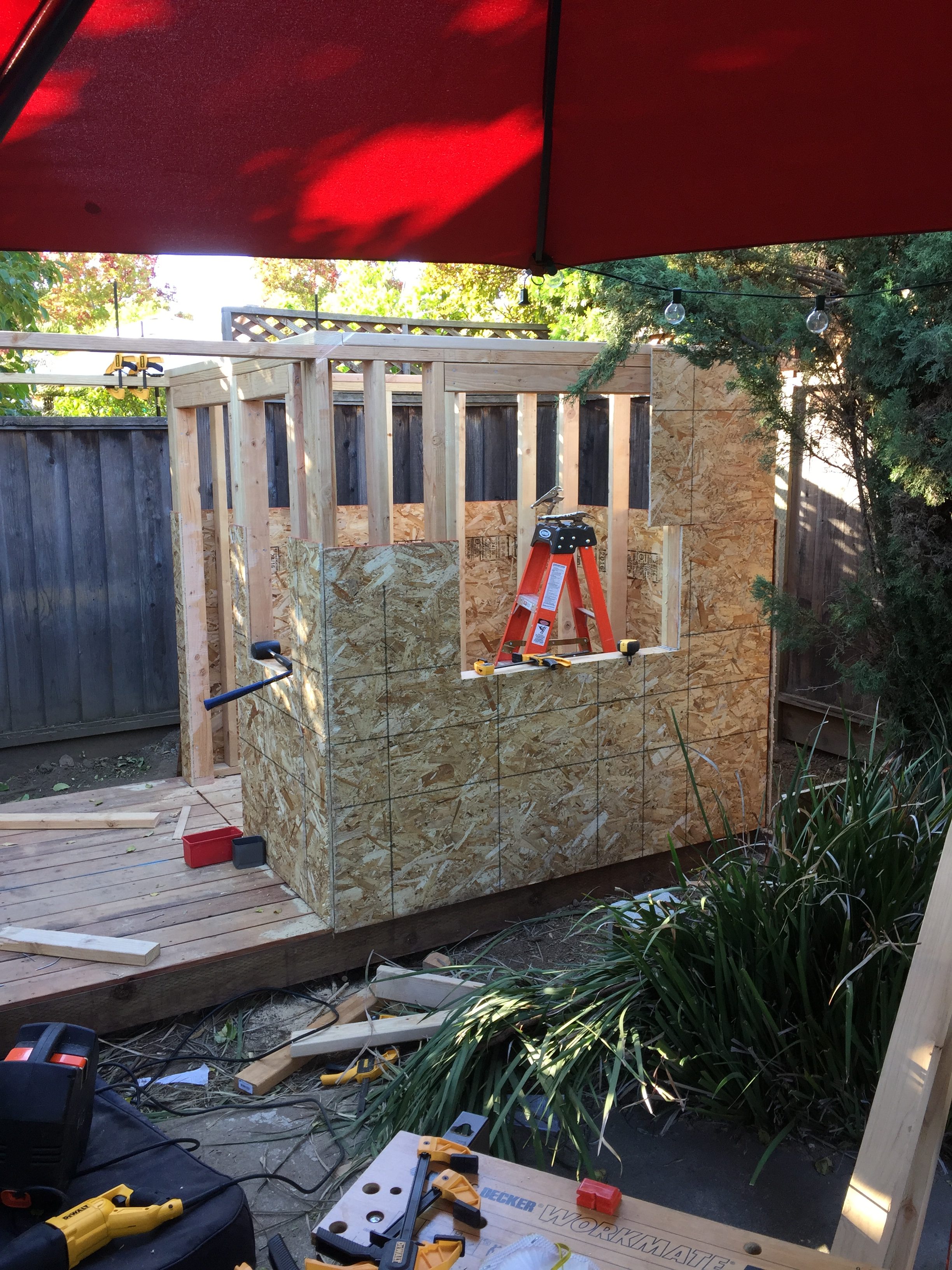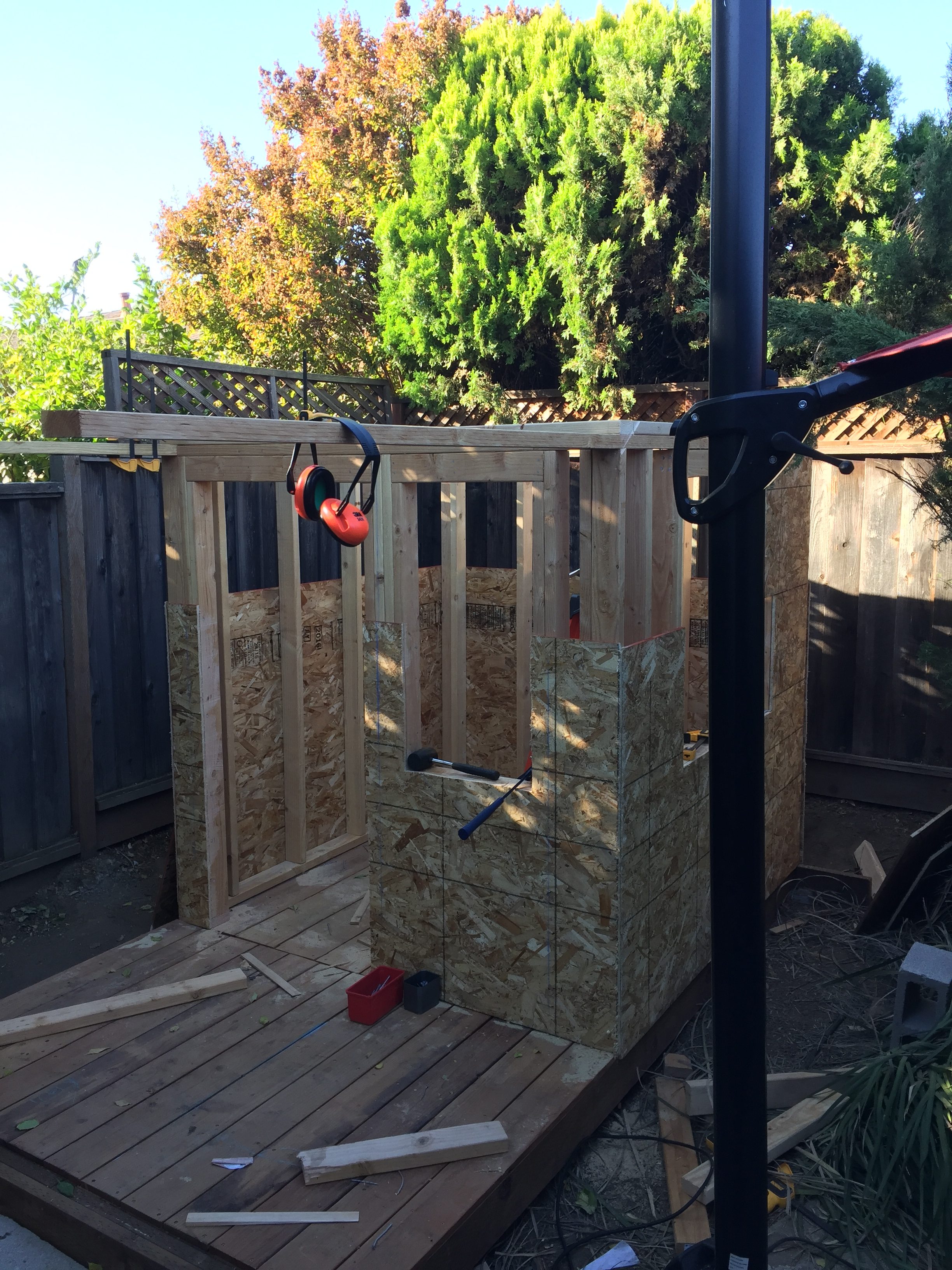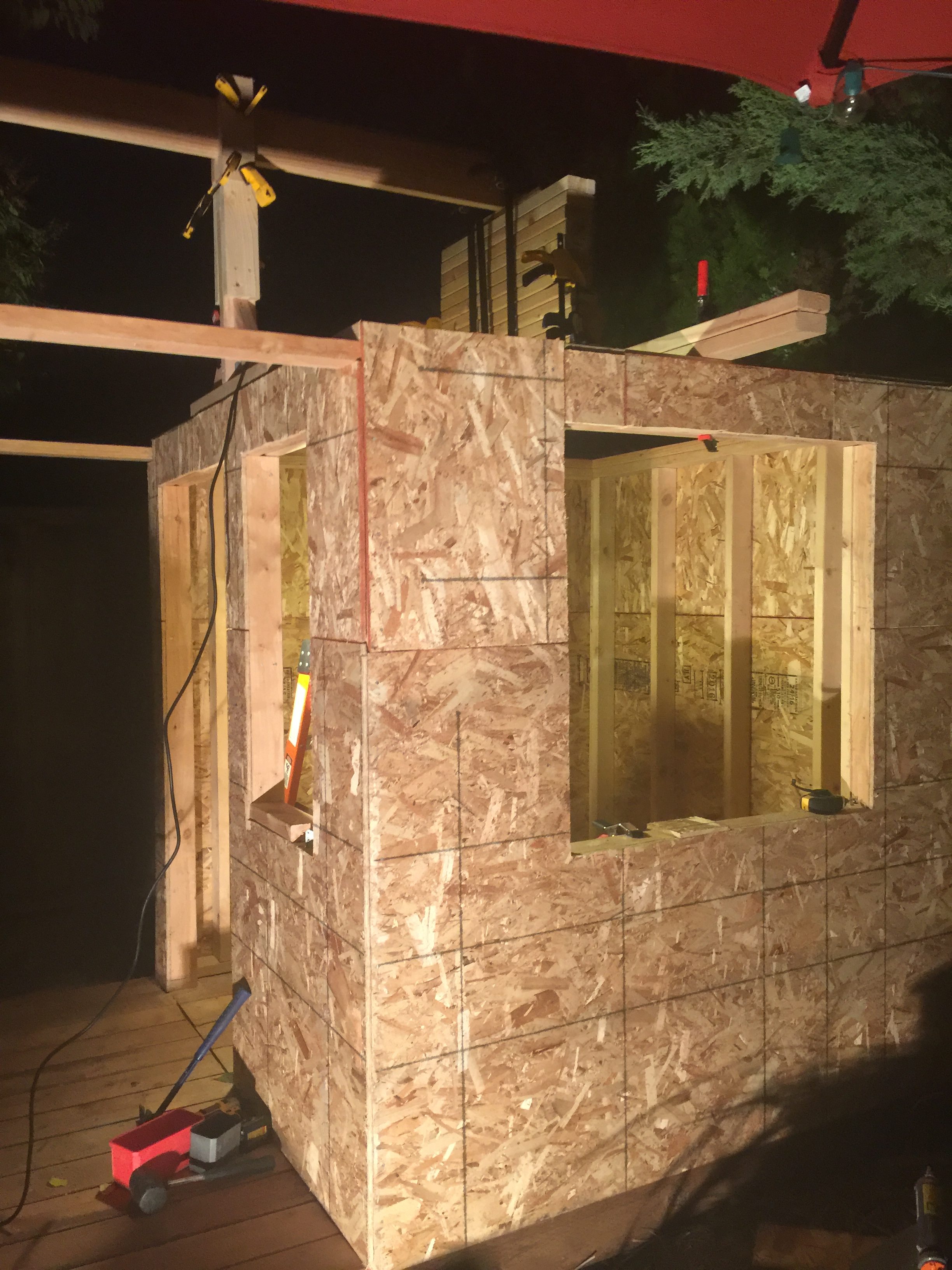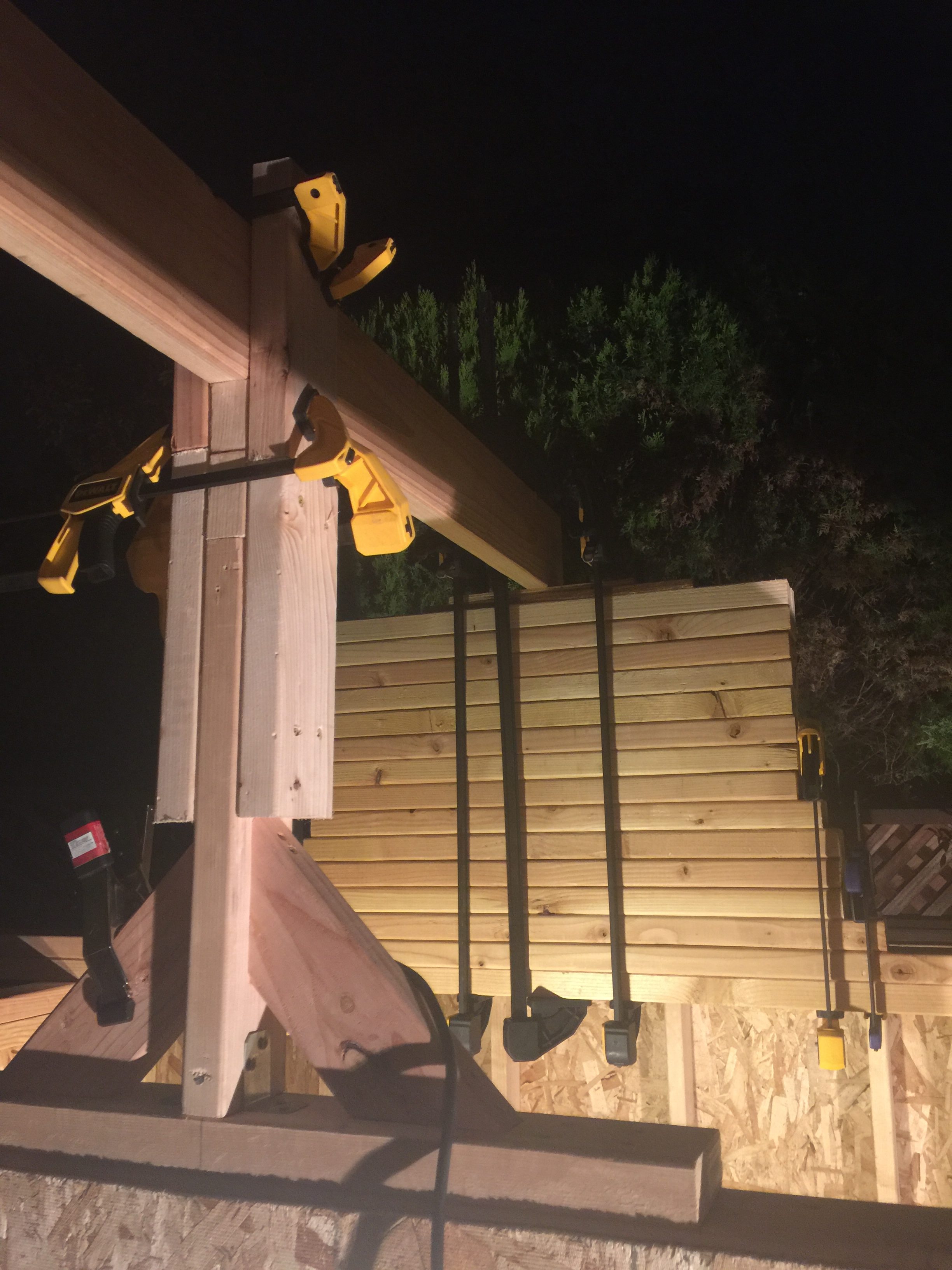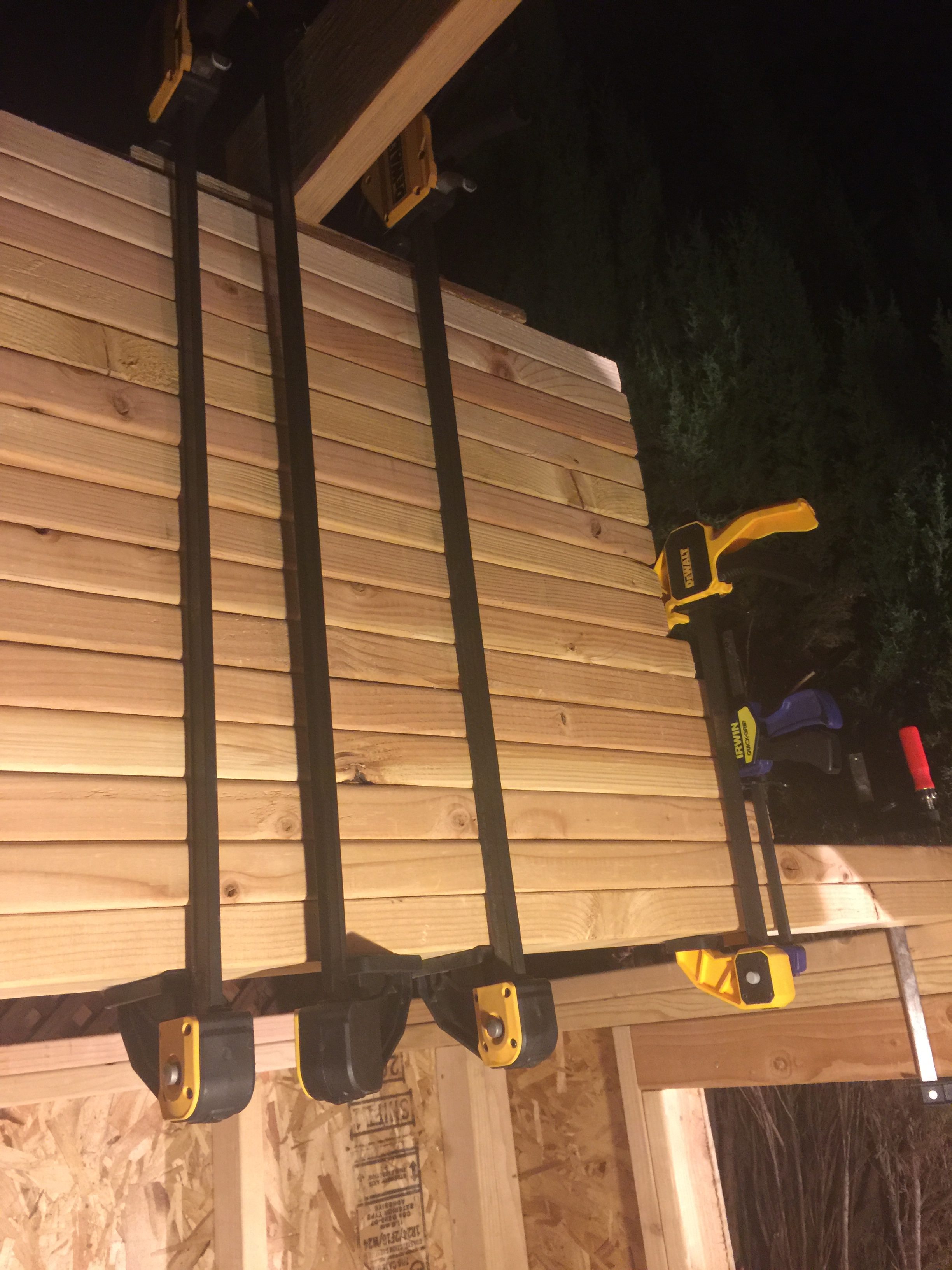I partially published this post from Obsidian using the WordPress plugin. It was actually easier to setup than I expected with the main hurdle being Basic Authentication. There are still a lot of missing things from the integration that require a fair amount of manual work.
Beware
If you’re site is not using TLS i.e it doesn’t start with https as follows https://[example.com] then using basic authentication is about as secure as Pampers Splashers, you might get away with using it for a while but eventually something really nasty is going to happen and you’ll wish you’d secured your application using TLS.

Problems
The steps where as follows.
1. Install the miniorange WordPress REST plugin and enable Basic Auth.
2. Install the Obsidian wordpress plugin and test the connection.
3. Enable the wordpress icon on the left menu in Obsidian.
4. Write this post.
The only problem I had was the following error
{“status”:”error”,”error”:”MISSING_AUTHORIZATION_HEADER”,”code”:”401″,”error_description”:”Authorization header not received. Either authorization header was not sent or it was removed by your server due to security reasons.”}%
This was fixed by add the following snippet to my apache.conf
RewriteCond %{HTTP:Authorization} ^(.)
RewriteRule ^(.) – [E=HTTP_AUTHORIZATION:%1]
SetEnvIf Authorization “(.*)” HTTP_AUTHORIZATION=$1
Conclusion
I think the WordPress obsidian plugin has a lot of potential but it needs a some polish. It could be good at pushing a body of text up quickly and convert it manually to a finished post but it’s still a fair amount of effort.

